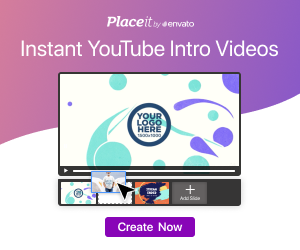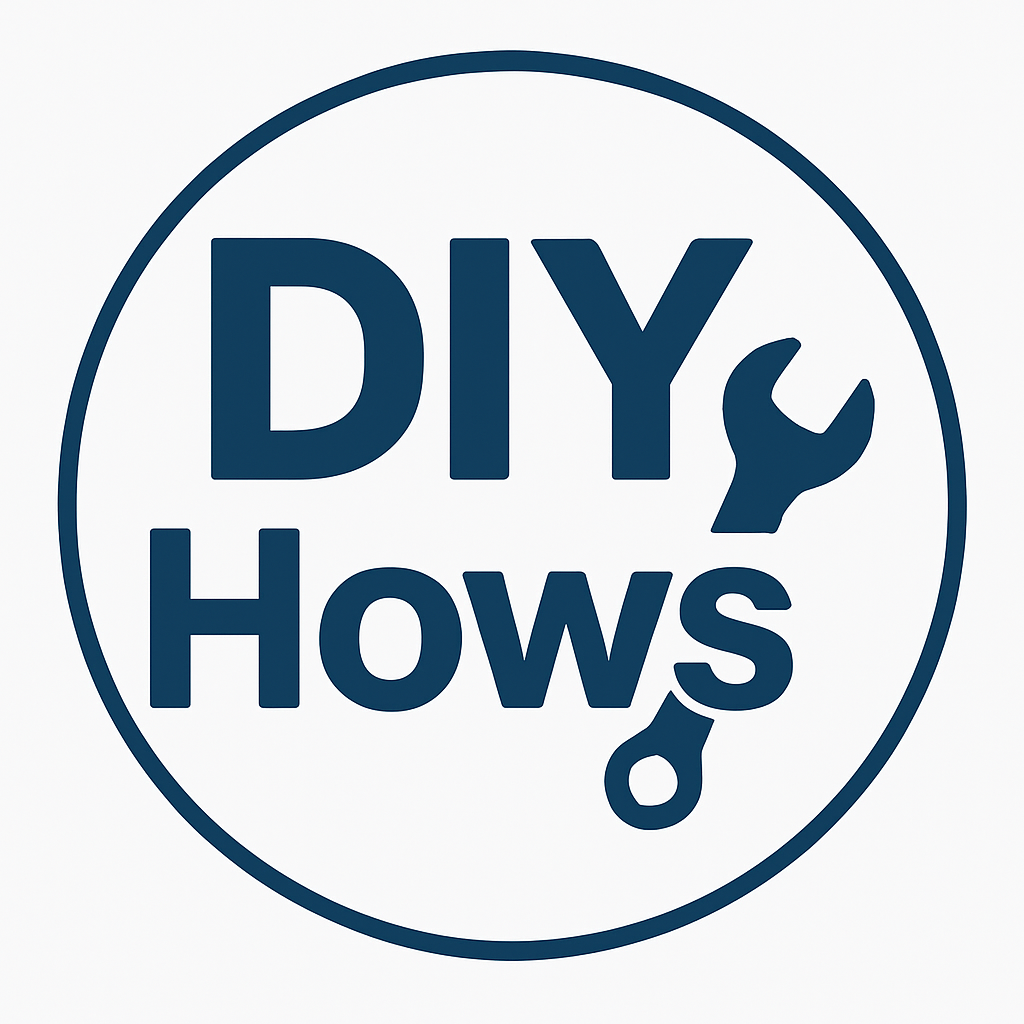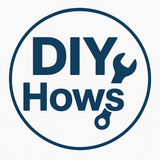How to Sell Online Without Inventory: 4 Proven Ways in 2025
Ready to sell online without inventory? Our guide breaks down drop shipping, POD, & digital products. Launch your dream e-commerce business today—no warehouse needed!

Ever dream of launching your own online store? The vision is exciting: a sleek website, happy customers, and sales notifications pinging your phone. But then reality hits—the thought of buying thousands of dollars in inventory, renting a warehouse, and dealing with shipping logistics can be completely overwhelming. It’s the single biggest hurdle that stops most would-be entrepreneurs in their tracks.
We get it. The risk feels massive.
But what if we told you that you could build a thriving e-commerce empire without ever touching a single product? It's not a fantasy. It’s a proven strategy used by thousands of successful online sellers. You can sell physical goods, custom-made apparel, and even infinitely scalable digital items without holding any stock.
In this guide, we're are going to break down the exact, step-by-step methods you can use to sell online without inventory. We’ll cover four powerful business models, the tools you’ll need to succeed, and how to pick the right path for you.

Table of Contents
- Quick Info Box
- Tools and Platforms You'll Need
- Method #1: Master the Art of Dropshipping
- Method #2: Unleash Your Creativity with Print-on-Demand (POD)
- Method #3: Sell Digital Products (The Infinite Inventory)
- Method #4: Become a Trusted Curator with Affiliate Marketing
- Choosing Your Platform: Where to Sell Your Products
- The Secret Sauce: Marketing Your No-Inventory Store
Quick Info Box
- Estimated Setup Time: 1-2 weeks
- Estimated Cost: $0 - $200+ (covers platform fees, domain, and initial marketing)
- Difficulty Level: Beginner
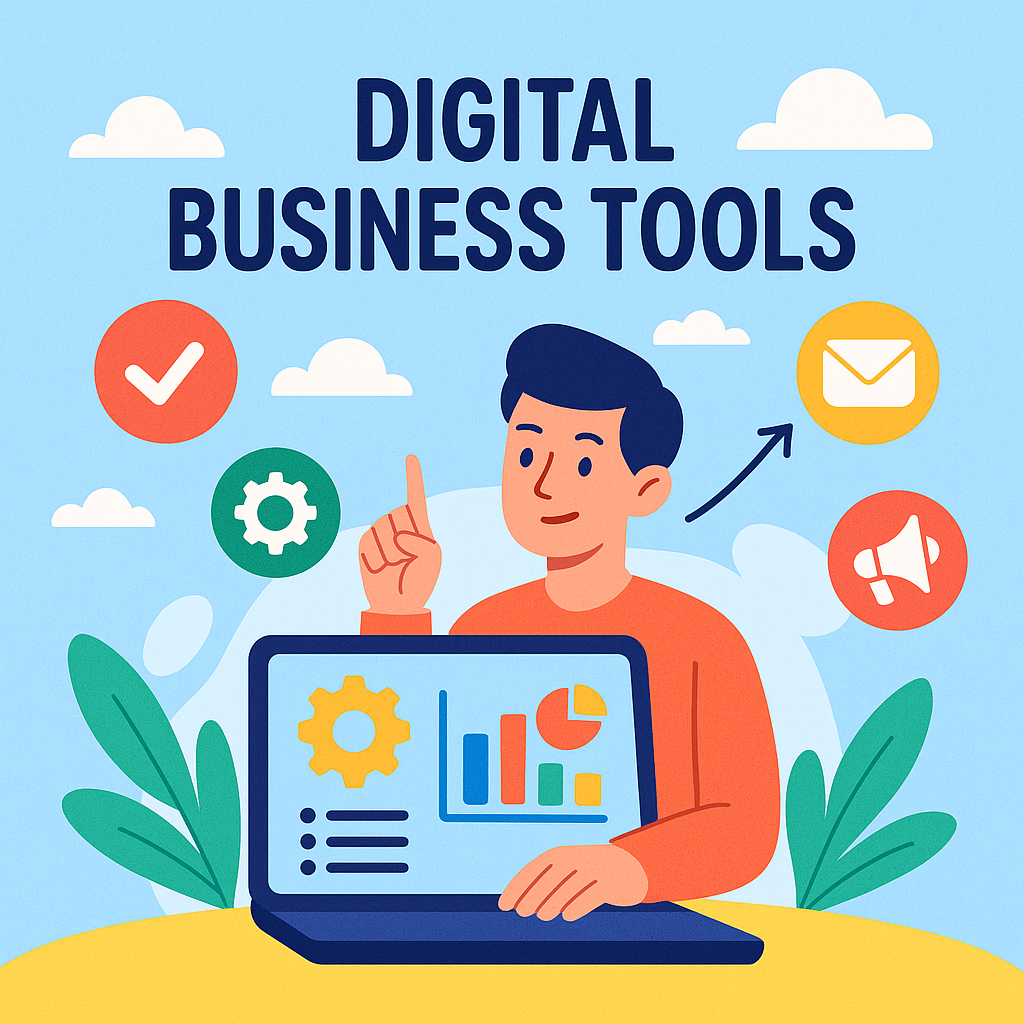
Tools and Platforms You'll Need
Unlike a traditional woodworking project, your toolkit here is digital. But don't underestimate its importance! Having the right setup is crucial for success.
- A Computer with Reliable Internet: This is your command center.
- E-commerce Platform: Your online storefront. Options include:
- Shopify (Best all-in-one for dropshipping and POD)
- Etsy (Great for digital products and POD)
- Gumroad or SendOwl (Simple platforms for selling digital goods)
- WordPress with WooCommerce (For building a content-heavy site with affiliate links)
- Supplier/Product Sourcing App:
- For Dropshipping: Spocket, SaleHoo, CJdropshipping
- For Print-on-Demand: Printful, Printify
- Design Tool (for POD & Digital Products):
- Canva (Extremely beginner-friendly)
- Placeit (For amazing product mockups)
- Payment Processor: How you get paid.
- Stripe
- PayPal
Stop wrestling with complicated design software. With Placeit's massive library of smart templates, you can create professional logos, realistic product mockups, and eye-catching videos in just a few clicks—no design skills needed.
Elevate your brand and start creating stunning visuals in seconds. Try Placeit for free!
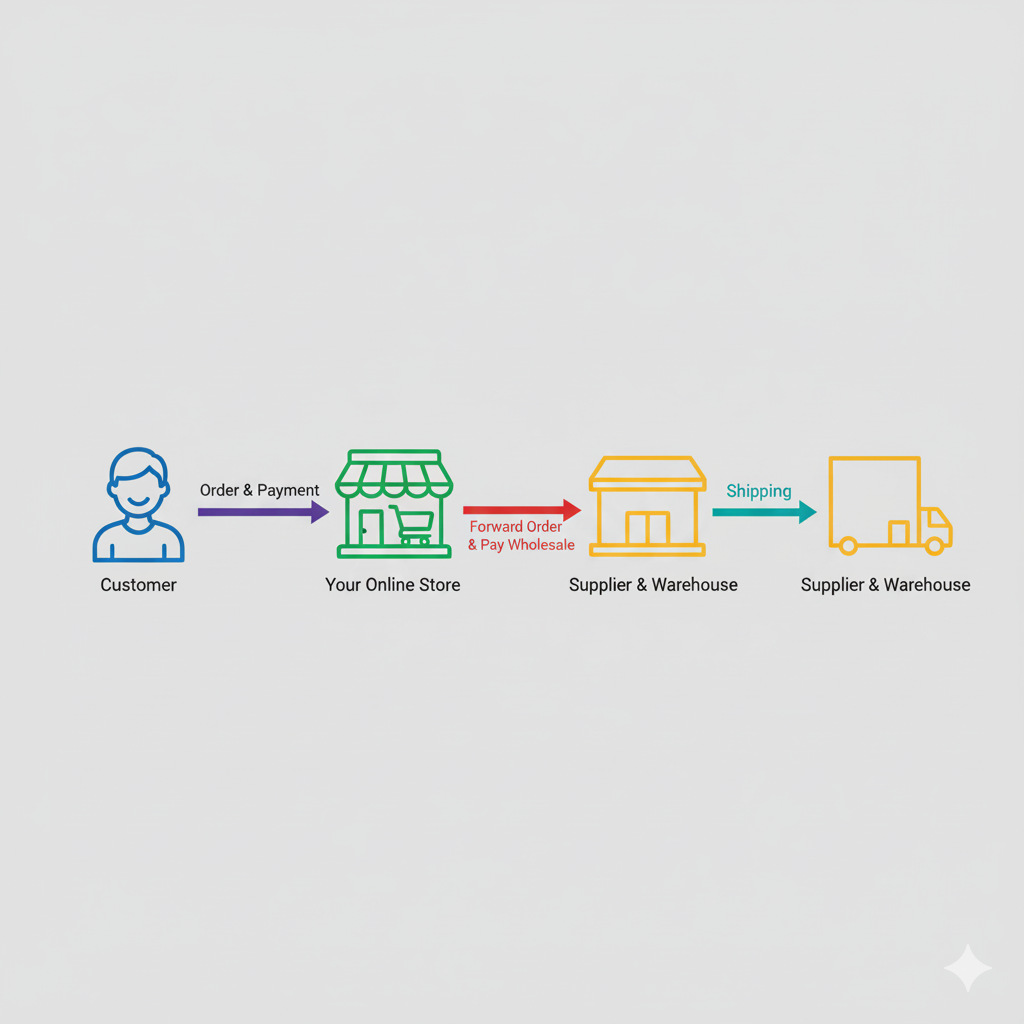
Understanding the 'No-Inventory' Business Model
Before we dive into the "how," let's quickly nail down the "what."
Selling online without inventory means you act as the middleman. You create a storefront, market the products, and process the orders. However, a third-party partner—a supplier, a printer, or a digital delivery system—handles the storage, fulfillment, and shipping.
The process generally looks like this:
- A customer places an order on your website.
- You collect the payment from the customer.
- You forward the order (often automatically) to your third-party partner and pay them their wholesale price.
- The partner ships the product directly to the customer.
Your profit is the difference between what the customer paid you and what you paid the partner. Simple, right? The beauty is in its simplicity and low financial risk.

Method #1: Master the Art of Dropshipping
Dropshipping is the classic no-inventory model. You list products from a third-party supplier in your own online store. When a customer buys something, you pass the order to the supplier, who ships it for you.
Think of yourself as a curator. You find cool products, present them beautifully, and handle the marketing. The supplier does all the heavy lifting in the background.
Step 1: Find Your Niche This is the most critical step. Don't try to sell everything. A store that sells dog collars, phone cases, and kitchen gadgets is confusing.
Instead, focus on a specific niche. Examples include:
- Eco-friendly home goods
- Outdoor gear for hikers
- Custom mechanical keyboards
- Pet accessories for a specific breed
A tight niche makes marketing 100x easier.
Step 2: Find a Reliable Supplier Your supplier is your business partner. A bad one can sink your store with slow shipping and poor quality. Use platforms like Spocket or CJdropshipping to find vetted suppliers with products in warehouses located in your target customers' country for faster shipping.
Step 3: Build Your Storefront Shopify is the undisputed king of dropshipping for a reason. Its app store integrates seamlessly with dozens of supplier apps, automating almost the entire order process. Set up your store, import products from your supplier app, and write compelling product descriptions.
Step 4: Market and Sell Run targeted ads on platforms like Facebook, Instagram, or TikTok. Focus on content marketing by starting a blog or YouTube channel around your niche. The goal is to drive the right kind of traffic to your store.
Pro-Tip: Always order samples for yourself first! You need to know the quality of the products you're selling. This also lets you take custom photos and videos, which convert much better than generic supplier images.
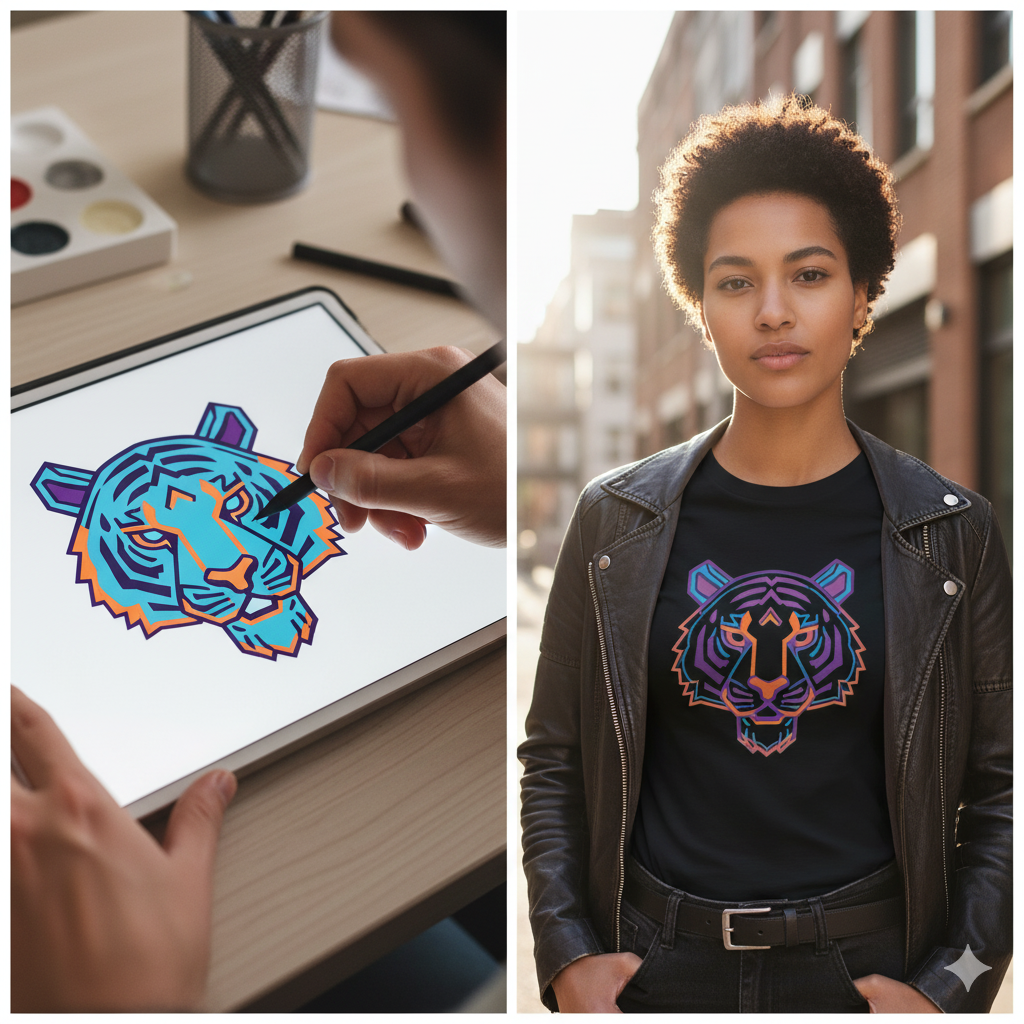
Method #2: Unleash Your Creativity with Print-on-Demand (POD)
Print-on-demand is a special type of dropshipping where you sell products with your own custom designs. Think t-shirts, mugs, posters, phone cases, and even leggings.
Here's the magic: the product isn't created until after an order is placed. No guessing sizes, no piles of unsold shirts.
Step 1: Choose a POD Partner & Niche Platforms like Printful and Printify are industry leaders. They integrate directly with e-commerce platforms like Shopify and Etsy.
Your niche is your design theme. Are you making funny shirts for cat lovers? Minimalist art prints for home decor? Sarcastic mugs for office workers? Define your audience.
Step 2: Create Your Designs You don’t have to be a graphic designer. You can use tools like Canva to create simple text-based designs or graphics. You can also hire a freelance designer on a site like Fiverr for a few dollars.
Step 3: Generate Mockups Your POD partner will provide a tool that lets you upload your design onto a product. It then generates a realistic-looking product photo (a mockup) that you can use in your store. Placeit is another fantastic tool for creating lifestyle mockups that show your products in use.
Step 4: Set Up Your Store and Sell Link your POD service to an Etsy shop or a Shopify store. When a customer buys your "Cat Dad" mug, the order is automatically sent to Printful. They print the mug, pack it, and ship it to your customer. You do nothing.

Method #3: Sell Digital Products (The Infinite Inventory)
This is my personal favorite. With digital products, you create something once and can sell it an infinite number of times. There are no suppliers, no shipping, and profit margins are sky-high.
Step 1: Brainstorm a Product What knowledge, skill, or tool can you package digitally? The possibilities are endless:
- Ebooks or Guides: "The Beginner's Guide to Sourdough Baking"
- Templates: Social media templates, resume templates, budget spreadsheets
- Digital Art & Presets: Lightroom presets for photographers, Procreate brushes for artists
- Planners: Digital planners for GoodNotes, printable weekly schedules
- Courses or Workshops: A pre-recorded video course on how to learn guitar
Step 2: Create Your Product You can write an ebook in Google Docs and save it as a PDF. You can create templates in Canva. You can record a video course with your smartphone. The tools to create professional-quality digital products are more accessible than ever.
Step 3: Choose a Selling Platform
- Etsy: The absolute best place to start for creative digital products like planners and templates. The platform has a massive built-in audience.
- Gumroad / SendOwl: Super simple platforms that let you create a sales page and handle file delivery and payment processing for a small fee.
- Your Own Website: Use a platform like Shopify with the "Digital Downloads" app for full control.
Step 4: Drive Traffic Pinterest is a visual search engine and a powerhouse for driving traffic to digital products, especially templates and planners. Content marketing is also key—show people how to use your product through blog posts or social media tutorials.

Method #4: Become a Trusted Curator with Affiliate Marketing
Affiliate marketing isn't technically selling your own products, but it follows the same no-inventory principle. You promote other companies' products, and when someone makes a purchase through your unique referral link, you earn a commission.
The key is to build an audience that trusts your recommendations.
Step 1: Choose Your Niche This is non-negotiable in affiliate marketing. Your entire business is built on trust and authority. Pick a topic you're passionate and knowledgeable about, like "home coffee brewing," "ultralight backpacking," or "smart home automation."
Step 2: Build a Platform and Create Content Your platform is where you'll share your recommendations. This is typically a blog or a YouTube channel. Create high-value, helpful content that solves your audience's problems.
- Blog: Write detailed product reviews, "best of" listicles, and how-to guides.
- YouTube: Create unboxing videos, product comparisons, and tutorials.
Step 3: Join Affiliate Programs The easiest place to start is Amazon Associates. They sell everything, and people already trust them. You can also find private affiliate programs for specific software or brands by searching "[Brand Name] affiliate program" on Google. Check out a great resource on affiliate marketing from HubSpot to learn more.
Step 4: Naturally Weave in Your Links Don't just spam your links. Recommend products naturally within your helpful content. If you write a blog post on "The 5 Best Coffee Grinders Under $100," you would link to each grinder using your affiliate link. The goal is to help, not just to sell.

Choosing Your Platform: Where to Sell Your Products
Once you've picked a model, where do you actually set up shop?
- Shopify: The best all-around choice for building a serious brand. It's perfect for dropshipping and POD, and it has powerful apps for selling digital products too. You have full control over the look and feel.
- Etsy: A fantastic marketplace if your products have a creative or unique feel. It's a go-to for POD sellers and the #1 platform for most digital product sellers due to its massive, ready-to-buy audience.
- Amazon: You can technically dropship on Amazon, but their policies are very strict. It's better suited for experienced sellers. However, the Amazon Associates program for affiliates is a great starting point.
- Your Own Blog (WordPress): The ultimate platform for affiliate marketers. It gives you full ownership of your content and allows you to build an email list, which is your most valuable asset.

The Secret Sauce: Marketing Your No-Inventory Store
Setting up the store is the easy part. Getting customers is the real challenge.
Here’s the kicker: you can’t just build it and hope they come. You need a marketing plan.
- Social Media Marketing: Don't just post product pictures. Create engaging content that fits your niche. If you sell hiking gear, post beautiful mountain photos and hiking tips. TikTok and Instagram Reels are powerful for showing products in action.
- Content Marketing: Start a blog or YouTube channel. Answer the questions your target audience is asking on Google. This builds trust and brings in "free" organic traffic over time.
- Paid Advertising: Facebook/Instagram ads are the fastest way to get traffic. Start with a small budget ($5-$10/day) and test different ad creatives and audiences. Only scale up what works.
- Email Marketing: From day one, start collecting emails. Offer a 10% discount in exchange for an email address. Your email list is a direct line to your most loyal customers, and you don't have to pay an algorithm to reach them.
The bottom line is that selling online without inventory is one of the most accessible ways to enter the world of e-commerce. It removes the biggest financial risk, allowing you to focus on what really matters: building a brand and learning how to market effectively. Pick a model, start small, and stay consistent.
Frequently Asked Questions
Selling digital products typically has the highest profit margin because there are no per-item costs from suppliers or for shipping. Once you create the product, you can sell it infinitely. However, dropshipping and print-on-demand can also be highly profitable if you find a popular niche with good margins.
Yes, it's possible. You could start a print-on-demand store on a platform with a free plan (like Printify) and sell on a marketplace like Etsy (which has a small listing fee of $0.20). Or you could use affiliate marketing on a free platform like a social media account. While possible, having a small budget for a platform like Shopify and for marketing will significantly speed up your progress.
In dropshipping, you operate your own store, set the product prices, and process customer payments directly. The customer belongs to you. In affiliate marketing, you refer a customer to another company's store. You don't set the price or handle the transaction; you simply earn a commission for the referral.
This depends on your local laws and regulations. In many places, you can operate as a sole proprietor without a specific license when you're just starting out. However, as your business grows, it's wise to form an LLC or other legal entity. Always consult with a legal professional or your local chamber of commerce for advice specific to your area.
The best products are those in a specific, passionate niche. For dropshipping, look for problem-solving items with a "wow" factor that aren't easily found in stores. For print-on-demand, designs that appeal to specific hobbies or communities (e.g., nurses, book lovers) do very well. For digital products, templates and guides that save people time or teach a valuable skill are always popular.
You are the frontline for all customer service. Even though you don't ship the product, the customer bought it from you. You will need to communicate with your supplier or POD partner to process returns or refunds based on their policies. It's crucial to have a clear return policy on your website that aligns with your supplier's policy.
Absolutely. While the market is competitive, there's always room for unique and creative designs. The key to profitability is to target a well-defined niche audience. Instead of a generic "dog t-shirt," create a design for "Corgi-owning coffee lovers." Specificity is what allows you to stand out and build a loyal customer base.
